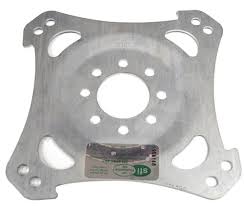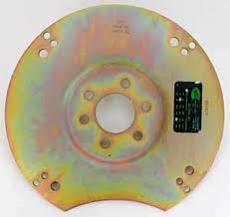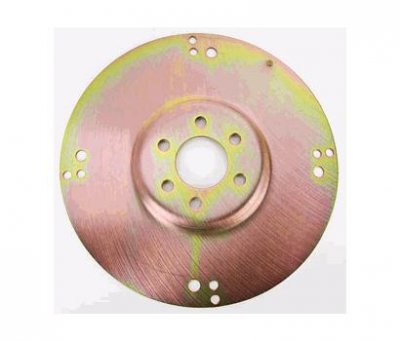pkbenavidez
Active Member
Hello everybody! I'm getting a vibration at 2100 to about 2500 RPM. I'm running a 440 with a 505 stroker kit from 440 source, chrome fluid damper from 440 source, flexplate from 440 source, and a TCI Breakaway TQ with a 2200-2400 stall. I'm also using an electric fan. It vibrates in park and in neutral. Does anyone have an idea what it could?



















